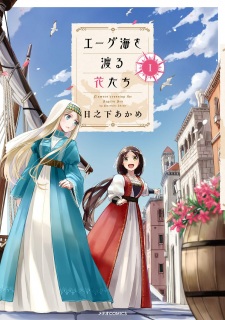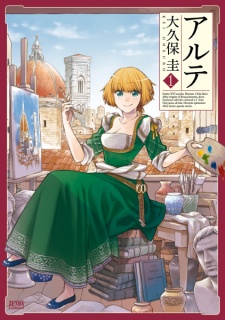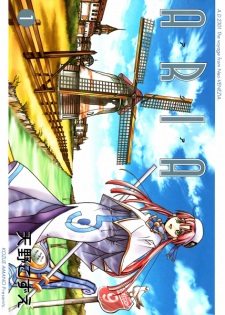Dec 24, 2020
Aegea-kai wo Wataru Hana-tachi, which I read in its French translation Les Fleurs de la Mer Egée is a historical travel adventure set in the mid 15th Century. I've greatly enjoyed reading this series which ended in three volumes, first owing to its historical setting in a period and areas that I've been very interested in for a long time. It is nearly contemporary in its setting with two other historical series that I enjoy, Divci Valka and Arte.
The story is very much all public and is suitable for younger readers. It can be both an introduction to the historical period and to the areas
...
and cultures featured in the development. At times, the geopolitical and historical setting can be confusing for people with no previous knowledge of late medieval Europe, the Mediterranean and the early Ottoman Empire, but the author does a fairly good job at explaining the context. Indeed, one of the originalities of the series is its use regular breaks in the narrative to provide contextual and cultural explanations that are given by the main characters, which makes it particularly easy for younger readers.
The story features two female lead characters that display a positive model for adventure-loving young girls. From a historical standpoint, some of their behavior and adventures may be a bit of a stretch of the social and cultural realities of the day but I wouldn't say it is completely implausible.
It all begins in the late 1450s in the Italian city of Ferrare. Lisa is the spirited and adventurous teen-aged younger daughter of a merchant family who is fascinated by travel and the acquisition of art works. She meets a stranger traveling on her own, Ohla, a barely older young woman arriving from Genoa after the death of her husband. They become friends and Ohla explains that she originally comes from "Qirim", present-day Crimea, where several Italian Maritime Republics like Genoa and Venice ran trading posts then at the last staging area of the Silk Road. The area being under pressure from the expansion of the Ottoman Turks, Ohla has been sent West but separated from her younger sister Mina. Now a widow, she wishes to travel back home to find her sister and bring her to safety. Lisa and her family accept to help Ohla. Although Lisa is expected to enter a convent as she shows no inclination to settle in a subdued married life, her display of commercial acumen convinces her family to grant her wish to make one big maritime trip with Ohla towards the East before she takes her vows.
The volumes thus follow Lisa and Ohla on a sometimes perilous trip through Venice, the Adriatic, Crete, Constantinople turning into the recently captured Istanbul, and finally the Black Sea. They are benevolently led by Lisa's relative, sea-captain and merchant Lorenzo, and by Tyuva, a resourceful girl from Dalmatia who is a commoner and apprentice trader. They must deal with the risks of pirates, bandits, unscrupulous merchants and sometimes double-dealing diplomats and local rulers. As the trip progresses, we also get to discover additional clues about Ohla's somewhat mysterious family background just as the very open and gregarious Lisa does. We're treated to discovery of the way of life of the times, cooking, clothing, architecture of the various places the girls visit, across an Eastern Mediterranean and Balkan region that is being completely transformed by the Ottoman conquest at the dawn of the Renaissance period.
I had expected the story to run longer as it first appeared to be a slow pace recollection of the time that sea and land travel took in those days: The conclusion in the third volume doesn't lack for surprises. Although Lisa and Ohla part ways, it is not forever, and we leave them determined to consolidate their friendship and taste for exploration. It's a generally feel-good conclusion to an odyssey that celebrates cross-cultural friendships, openness to the world and risk-taking.
Reviewer’s Rating: 8
What did you think of this review?
Nice
 0
0
Love it
 0
0
Funny
 0
0
Confusing
 0
0
Well-written
 0
0
Creative
 0
0Show all
























